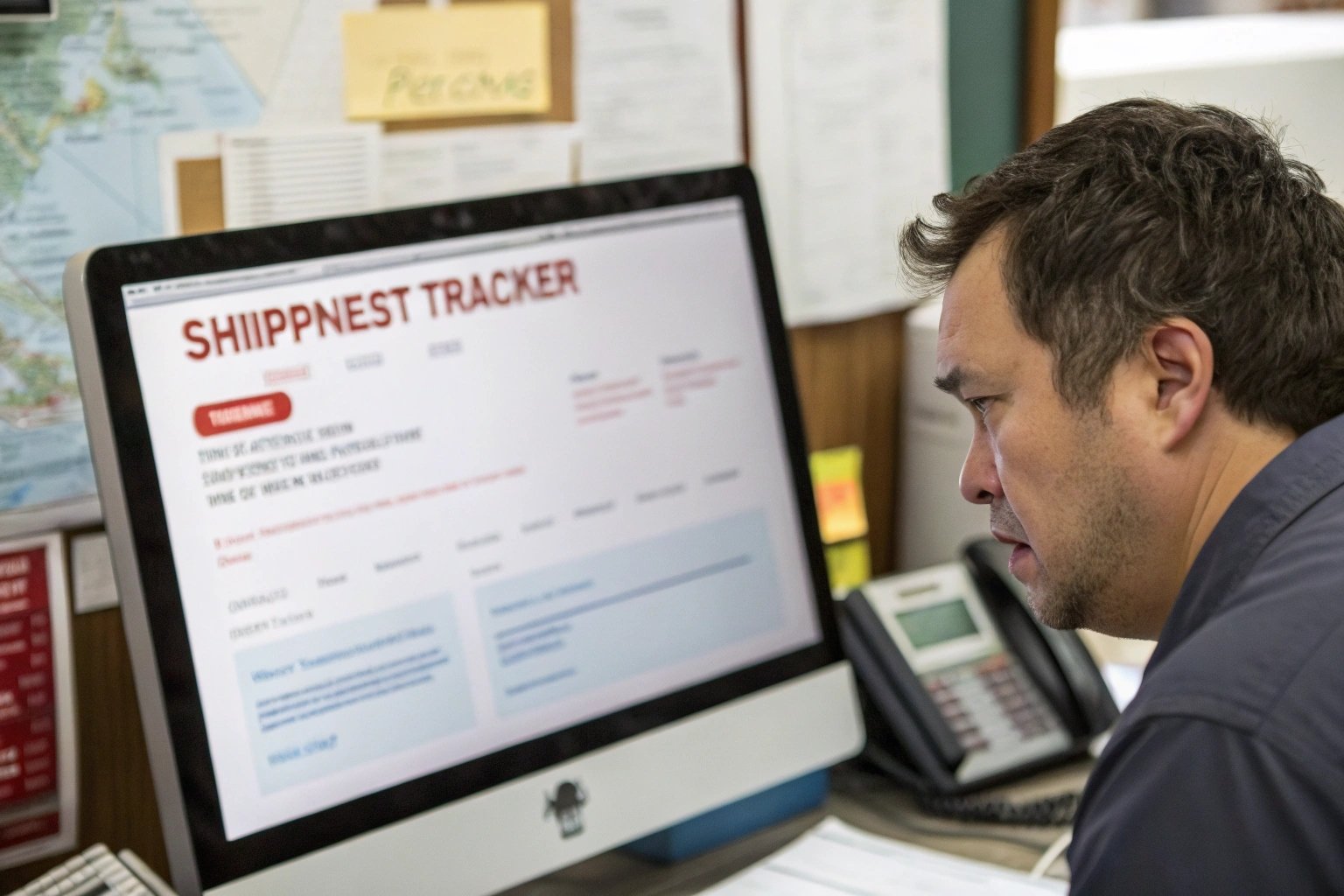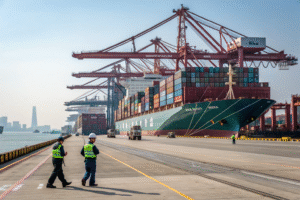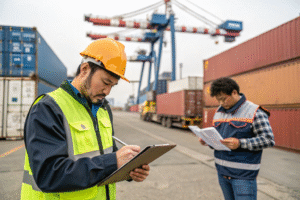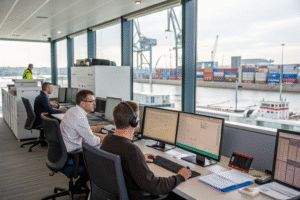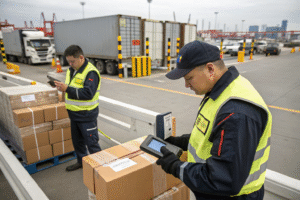You place your order. The factory confirms. The goods ship. But then — silence. No updates. A delay at the port. Missed delivery windows. For many importers, this is a familiar story.
Shipping from China to the USA is generally reliable, but on-time performance depends on seasonality, port conditions, carrier capacity, and how well your freight is managed.
With the right forwarder and proper planning, most delays can be avoided. Let me show you what to expect, how to track your cargo, and what you can do to keep your supply chain stable.
On-time delivery rates for China–USA shipments
The good news: shipping between China and the U.S. has improved in reliability since the pandemic. The bad news: it's still affected by seasonal and operational risks.
As of 2025, the on-time delivery rate for China–USA ocean shipments ranges from 65% to 85%, while air freight achieves 90% or higher reliability.
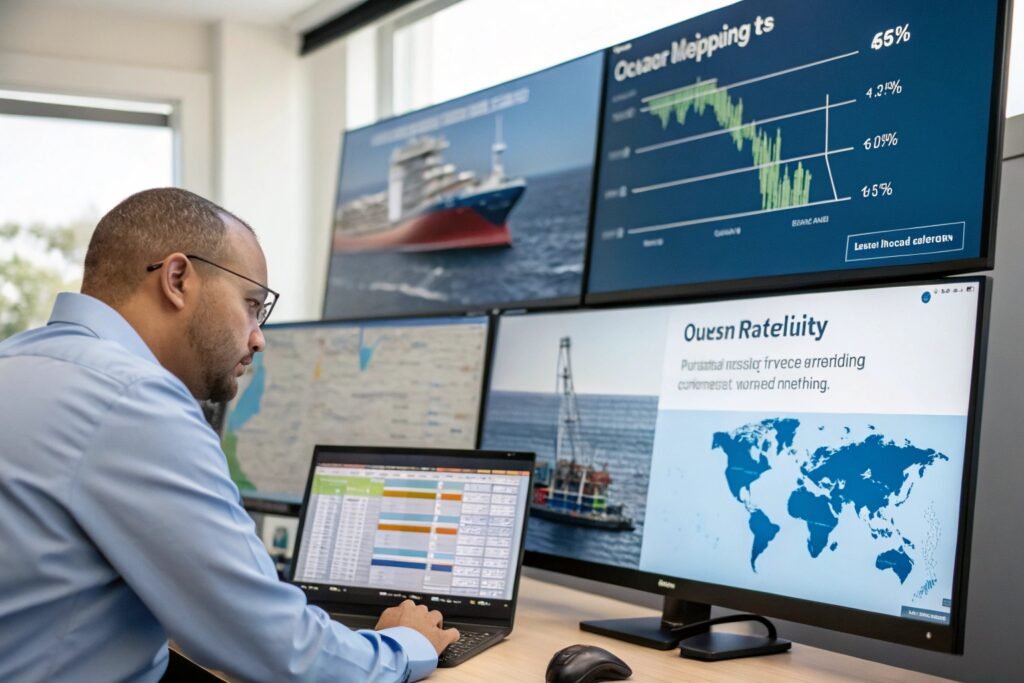
What does “on-time” mean in international shipping?
“On-time” means the cargo arrives at its intended destination (port or warehouse) by the scheduled date, not just when it leaves the port in China.
Typical on-time performance by mode:
| Mode | On-Time Rate | Notes |
|---|---|---|
| Ocean (FCL) | 70–80% | Slightly higher if routed via West Coast |
| Ocean (LCL) | 60–70% | Riskier due to shared containers |
| Air Freight | 90–95% | More predictable, but weather-sensitive |
| DDP Services | 85–92% | Dependent on smooth customs clearance |
At GeeseCargo, our DDP clients consistently hit 88%+ on-time performance, thanks to advance document prep, port scheduling, and real-time tracking.
Common causes of shipping delays from China
Even with the best planning, delays happen. Understanding the causes helps you prepare — and, more importantly, avoid them where possible.
The most common shipping delays from China to the U.S. are caused by port congestion, customs issues, documentation errors, supplier delays, and peak season backlogs.
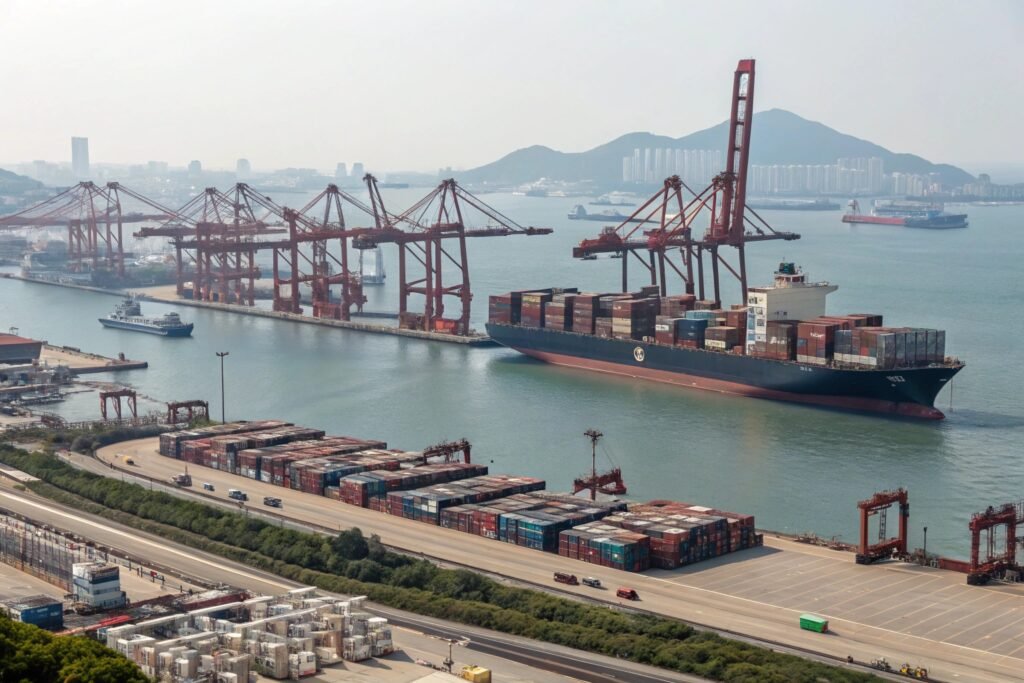
What are the main sources of disruption?
| Cause | Impact | How to Prevent |
|---|---|---|
| Port Congestion | Adds 3–10 days at origin/destination | Book early, choose flexible ports |
| Incomplete Paperwork | CBP or export clearance rejection | Use forwarder pre-checks |
| Supplier Production Delays | Missed cut-off for sailing | Set strict factory readiness dates |
| Booking Rejections | No space with carrier | Use forwarder with contract rates |
| Bad Weather | Delays at sea or in air | Buffer 3–5 days during monsoon or typhoon season |
| Public Holidays | Week-long closures in China | Avoid Golden Week, Chinese New Year |
In 2023, one of our U.S. clients faced a 7-day delay because their supplier missed the vessel cutoff by 6 hours. We rerouted their cargo through Xiamen instead of Shenzhen and still delivered on time.
Are air shipments immune to delays?
Not completely. Air cargo can be delayed by:
- Flight cancellations
- Airline space limitations
- Ground handling at arrival airports
But overall, air offers the highest schedule reliability. We recommend it for time-sensitive or high-value orders.
How to track your China–USA freight reliably
You can’t control what you can’t see. That’s why live, transparent tracking is essential — not just for peace of mind, but for planning your inventory, marketing, and fulfillment.
Freight forwarders offer digital tools to track ocean and air cargo in real time. You can monitor container status, customs progress, and delivery timelines from factory to warehouse.

What tracking tools are available?
| Tracking Method | Use Case |
|---|---|
| Carrier Websites (Maersk, CMA-CGM, etc.) | Basic container milestone tracking |
| Flight Tracking (FlightAware, 17Track) | For air freight monitoring |
| Freight Platforms (GeeseCargo Portal) | End-to-end status with document uploads |
| Telex Release Status | Confirms cargo release authorization |
| Customs Entry Status (CBP ACE Portal) | Check if customs entry has been filed |
We offer GeeseCargo clients a central dashboard where they can:
- View real-time sailing and flight updates
- Download customs documents and invoices
- Track DDP shipments to final delivery address
- Get alerts if delays or customs holds occur
Should you rely on your supplier for tracking?
No. Suppliers often stop providing updates once goods leave their factory or port. That’s why working with a forwarder is essential — we track cargo across all transport segments, not just at origin.
Tips to improve supply chain reliability
If you ship regularly from China to the U.S., it’s not just about tracking delays — it’s about preventing them. The most successful importers use systems, partners, and buffers to stay ahead.
You can improve your supply chain reliability by planning early, working with a proactive forwarder, booking priority routes, and using shipping terms like DDP to remove uncertainty.

What actions actually make a difference?
| Action | Reliability Impact |
|---|---|
| Book space 2–3 weeks in advance | Locks in better schedules and rates |
| Use DDP shipping | Avoids customs and handover delays |
| Pre-clear documents with your forwarder | Reduces risk of clearance rejection |
| Choose flexible ports (e.g., Xiamen, Qingdao) | Avoid congested hubs like Shanghai during peak season |
| Track transit times across multiple shipments | Helps forecast delivery patterns |
We’ve helped clients cut delivery time variance from 9 days to 2 days by switching from LCL to FCL and pre-clearing U.S. customs.
Does consolidation hurt reliability?
Yes — especially when using LCL. If one supplier or shipment in your shared container has a problem, your goods are delayed too.
That’s why we recommend:
- Single-supplier FCL, when possible
- Scheduled consolidation with trusted vendors
- Buffer stock at U.S. warehouse for critical items
Our clients using these strategies reported over 93% on-time performance during their 2024 holiday season.
Conclusion
Shipping from China to the U.S. can be highly reliable — but only if you manage it right. With accurate documents, strong tracking, early planning, and the right logistics partner like GeeseCargo, you’ll keep your supply chain steady, efficient, and stress-free.
